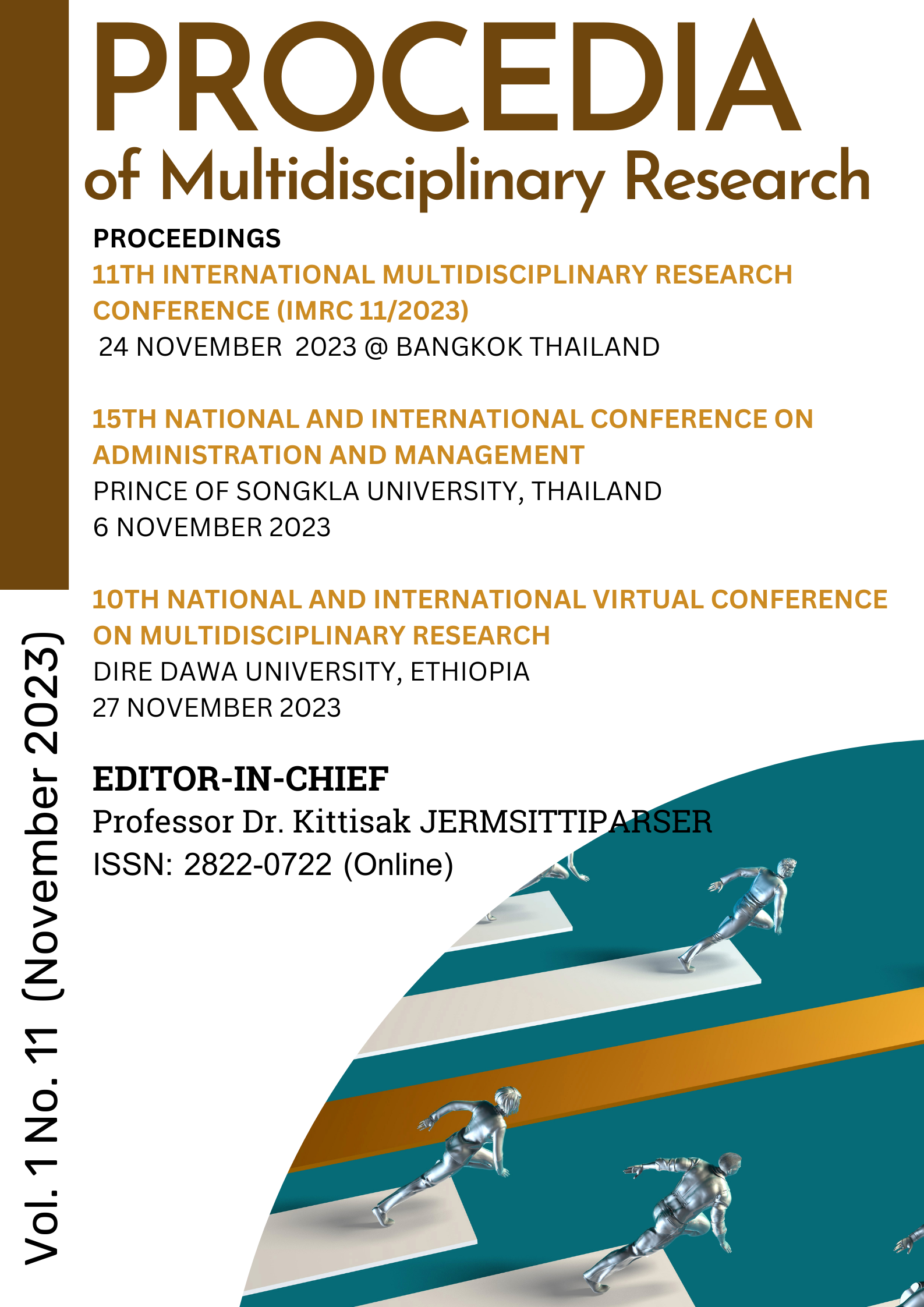TRANSFROMING MYANMAR’S STRATEGIC BEHAVIOR BETWEEN CHINA AND INDIA DURING 2011-2020
Keywords:
Myanmar, China, India, HedgingAbstract
Myanmar at the crossroads of South and Southeast Asia makes access for China to the Bay of Bengal and Indian Ocean, as well as provides India access to Southeast Asia. This makes it an important stakeholder in the Indo-Pacific region. Moreover, with Myanmar's transition to democracy in 2011, the United States aimed its focus on "pivot to Asia" due to China’s rise, desiring to maintain regional stability, global trade and security. For these reasons, Myanmar plays an important role for India, a US’s alliance, to reduce Chinese influence and dominance in the region. In previous studies, scholars have focused increasingly on the strategic interest and behavior of small and middle countries adopting hedging strategy to secure and promote their independence through a rising China. Therefore, this study intends to explain Myanmar’s strategic behavior within China’s Belt Road Initiative (BRI) and India’s Act East Policy (AEP) under Free and Open Indo-Pacific Strategy (FOIP) during 2011-2020. This study will highlight the conceptualization of hedging adopted as a tool by Myanmar through its geostrategic position. This study analyses why Myanmar is actually transforming its strategies between China and India and what benefits it gains from pursuing hedging strategy together with India. This study shows that Myanmar's pursuit of a hedging strategy with India has got the benefits like reducing its dependence on China to an extent and diversifying its relations with other great powers.
Downloads
Published
Issue
Section
License

This work is licensed under a Creative Commons Attribution-NonCommercial-NoDerivatives 4.0 International License.







.png)


